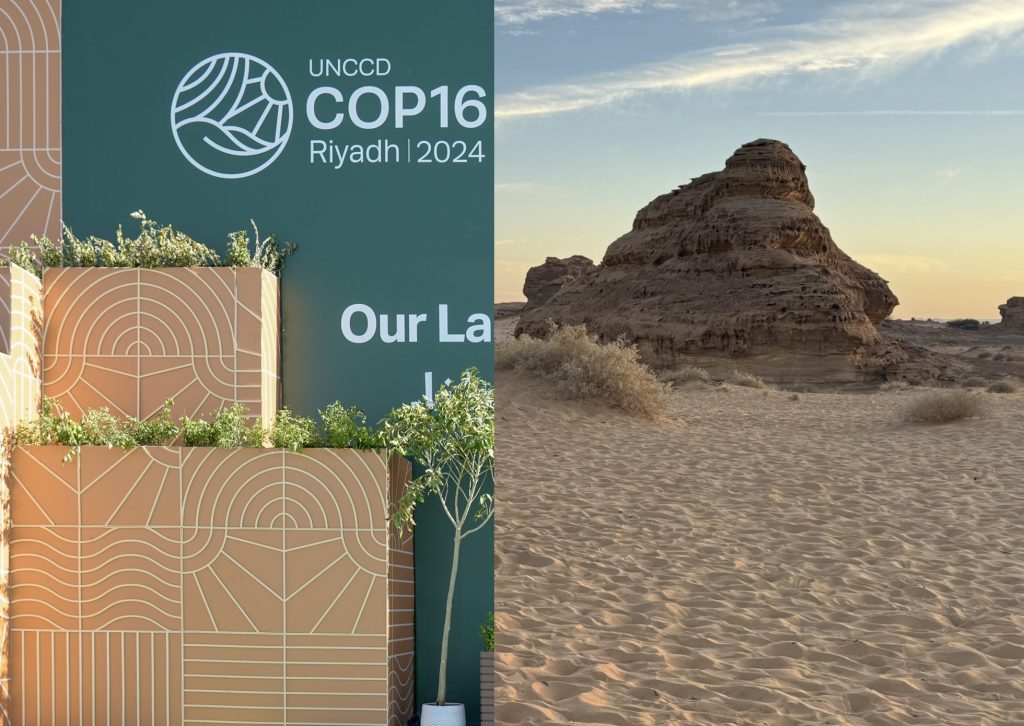After more than 20 years in the making, and 38 hours of talks, the High Seas Treaty was gavelled through on 11 March 2023, at the UN Headquarters in New York. The Treaty provides mechanisms to conserve and protect the High Seas, which are international waters where all countries have a right to fish, navigate ships and undertake research. Currently only 1.2% of these waters are protected and are at risk of climate change, overfishing and maritime traffic. These waters have long been a “blind spot” under current international law. The High Seas Treaty, which sits under the long established UN Convention on the Law of the Sea 1982, aims to close that gap by providing institutional, financial and legal mechanisms to establish marine protected areas, mandate environmental impact assessments, share benefits from genetic resources, build capacity and transfer technologies.
As Carbon Brief reports, not only is the treaty significant from a biodiversity perspective, but it is has important consequences for climate change. The high seas cover almost two thirds of the ocean, and almost half of the earth’s surface. It absorbs up to 90% of excess heat and approximately 25% of CO2 emissions from fossil fuel use. However, because of a lack of formal protection, it is vulnerable to overfishing, pollution and the effects of climate change. To this end the treaty identifies various drivers of marine biodiversity loss, including the impacts of climate change, ocean acidification, pollution and “unsustainable” use. This was something that the G77 (representing developing countries) had fought hard to include, a recognition of the strong link between the ocean and the carbon cycle and climate mitigation. Commentators have also noted that improvements in scientific and technical capacity as a result of the treaty will help vulnerable countries better understand climate impacts that they are already encountering.
The Treaty also helps to break down silos within international law that have traditionally treated climate change and the law of the sea separately, and creates more connectivity between them. Not only is climate change recognised in the preamble and general principles, but for example environmental impact assessments are required to address “cumulative impacts” which are defined to include the impacts of climate change and ocean acidification. Similarly the criteria for identifying potential Marine Protected Areas includes the area’s vulnerability to climate change.
Another noteworthy feature is that it recognises a special class of developing countries and tries to differentiate those that are more vulnerable than others. Instead of referring to “developing countries” more generally, it refers to “developing States Parties, in particular the least developed countries, landlocked developing countries, geographically disadvantaged States, small island developing States, coastal African States, archipelagic States and developing middle-income countries”. Whilst African countries have yet to succeed in having Africa’s special needs and circumstances recognised under the Paris Agreement, this political achievement under the High Seas Treaty demonstrates that there is room to negotiate language that recognises African countries – or at least African coastal states – as a particularly vulnerable class of developing country.
In this brief overview we canvas some of the key provisions of the treaty and their relevance to the climate regime.
Principles: The treaty also uses language and principles that speak to those under the Paris Agreement and UNFCC. One of its major achievements is its attempt to strike a balance between the long established principle of “freedom of the high seas” with the need for them to be treated as the common heritage of mankind. By recognising them as common heritage, the agreement acknowledges the oceans as a complex ecological system and as a global ocean commons, meant to sustain present and future generations.
Institutions: To give effect to its objectives, the Treaty establishes a suite of institutional and financial mechanisms in the form of a Conference of the Parties (COP), a secretariat, an open information platform or clearing house, a scientific and technical body, implementation and access and benefit sharing committees, as well as a financial mechanism.
Protected Areas: The Treaty also provides for the establishment of marine protected areas which offer high levels of protection and other area based management tools which offer lesser levels of protection, such as regional fisheries closures. One of the purpose of these areas is to “strengthen resilience to stressors, including those related to climate change, ocean acidification and marine pollution”, which is why climate vulnerability is a reason for establishing such an area. These areas are established by way of a proposal. A party submits a proposal based on the 10 “key elements” that a proposal must contain, including a draft management plan. This then undergoes scientific review. During the review another party can object to it if it infringes their rights under the Convention, discriminates against them or they cannot reasonably comply with a decision to approve the area. If they object, they will be exempted from it. Contrary to some media reports, the treaty does not set any marine protected area targets. Rather it creates the legal mechanism to establish these areas and in turn, to achieve the targets, for example the 30% conservation by 2030 target in the Kunming-Montreal Global Biodiversity Framework from December last year.
Environmental Impact Assessments (EIAs): the Treaty provides for the notification, undertaking and review of EIAs both outside (high seas) and inside of national boundaries (e.g. territorial waters). If a country plans an activity within its territory that it thinks “may cause substantial pollution of or significant and harmful changes to the marine environment in areas beyond national jurisdiction”, it must ensure that an EIA is undertaken. This means it is up to an individual state to determine whether to undertake an EIA based on the guidance in the Treaty. This imposes a relative cost and capacity burden on developing states, but the treaty provides for a roster of experts to be set up to support them. A state must inform the COP of the activity, make the EIA and related reports available to other countries, and the scientific and technical body can comment on these.
Genetic Resources: Research into the ocean’s genetic resources and associated benefits is often skewed in favour of countries with the finances and technology to search the ocean’s depths. The African Group insisted that the treaty should guarantee an access and benefit sharing mechanism, like under other biodiversity treaties. This mechanism was established, but has been boosted by an identification mechanism, so that samples can be tagged when collected. This will have a cascading effect on the obligation to share benefits.
Finance and Technology Transfer: Lastly the treaty contains provisions on technology transfer, recognising that among developing countries, “coastal African states” in particular were in need of support. The financial mechanism is a new mechanism which must be provided with “adequate, accessible, new and additional and predictable financial resources”, and is to be made up of a voluntary trust fund to facilitate the participation of particularly vulnerable states under the agreement, a special fund financed by annual financial contributions from developed countries and financial benefits from utilising marine genetic resources, and the Global Environmental Facility trust fund.
Countries will need to formally meet again to adopt the agreement, and then each state needs to ratify or accede to it. The agreement is important not only for strengthening global multilateralism, but for creating the tools necessary to give effect to the targets and goals set outside of it. Of course, much will depend on the speed of ratification and the willingness of parties to implement it. Similarly, the agreement does not deal with fishing (fishing is expressly exempted), or mining. These are contentious issues and go to the heart of what “sustainable use” within protected areas means and will have to be dealt with indirectly during decisions to approve protected areas and in comments on EIAs.





